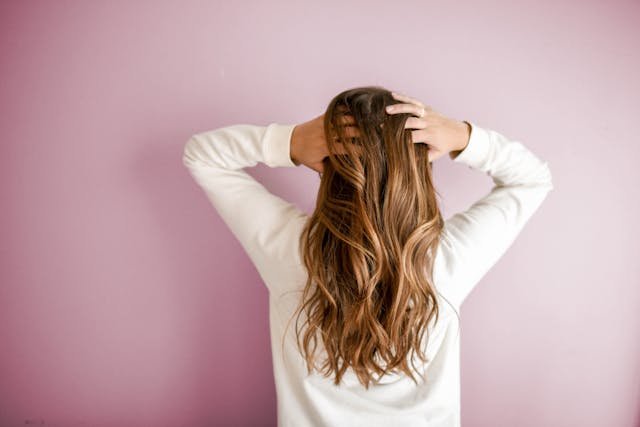Many individuals aspire to have healthy, strong, and luscious hair. Unfortunately, styling and environmental factors can cause damage, leaving your strands weak and lackluster. Understanding the science behind hair restoration can be the key to achieving stronger, shinier hair.
Your hair is a crucial part of your appearance, reflecting both your personal style and overall health. Over time, practices like excessive heat styling, chemical treatments, and exposure to environmental pollutants can take a toll on your locks. These damaging habits break down the internal structure of your hair, making it more prone to breakage and a dull appearance. With the right knowledge and care, you can protect your hair from these common issues.
The Significance of Olaplex in Hair Care
Olaplex has transformed the world of hair care with its innovative bond-building technology that aims to repair damaged strands at a molecular level. Unlike traditional conditioners that simply coat the hair’s surface, Olaplex works by reconnecting broken disulfide bonds within the hair shaft. These bonds are essential for maintaining strength and elasticity, making Olaplex a go-to for those seeking long-lasting repair.
The unique formula of Olaplex products not only repairs compromised bonds but also strengthens existing ones. This dual-action approach results in visibly healthier and more resilient hair with consistent use. Users have reported significant improvements in manageability and shine, even after just one treatment cycle. Whether you frequently color your hair or use high heat styling tools, Olaplex provides a protective barrier against ongoing damage. By incorporating Olaplex hair products into your hair care routine, you can further boost your hair’s resilience and shine.
Understanding the Effects of Hair Damage
Hair damage is often a consequence of modern styling practices. Regular use of heat tools like curling irons and straighteners can harm the protective cuticle layer, exposing the cortex to additional damage. Chemical treatments such as bleaching and coloring disrupt the natural protein bonds in your hair, weakening its overall structure. This damage typically presents as split ends, frizz, and a noticeable loss of shine.
It’s crucial to understand how each factor contributes to hair damage. Harsh chemicals can lead to moisture loss and vulnerability to external stressors, while neglecting proper care after heat styling can result in weakened strands that are prone to breakage. Recognizing the sources of damage can help you make informed decisions about your hair care routine.
Identifying signs of damaged hair early on is essential to prevent further harm. These signs may include increased tangling, a rough texture, and difficulty maintaining styles. Addressing these symptoms promptly can prevent more severe issues from arising. By understanding how damage occurs, you can take proactive steps to maintain the strength and vitality of your hair.
Preventing Future Damage
Implementing preventive measures is crucial for safeguarding your hair against daily wear and tear. Minimizing heat exposure by air-drying your hair or using lower temperature settings on styling tools can help preserve moisture balance. Opting for gentle shampoos free from sulfates ensures that your hair’s natural oils are not stripped away during cleansing.
Your choice of styling products can also impact your hair’s health. Prioritize products with natural ingredients like argan oil or shea butter, known for their protective properties and essential nutrients. Avoid heavy formulas that can lead to buildup, resulting in dullness and frizz over time.
A consistent hair care routine tailored to your specific needs is essential for maintaining healthy hair growth and achieving desired results. Investing in quality hair care products and making responsible choices today can lead to thriving locks and boost your confidence in the long run.

